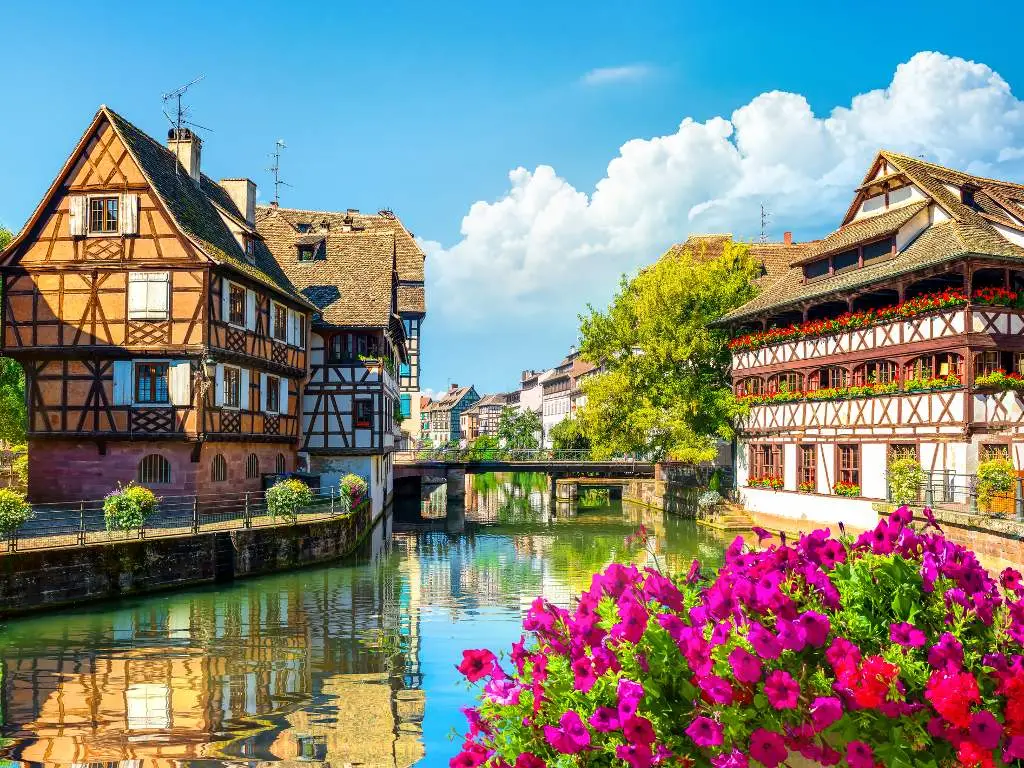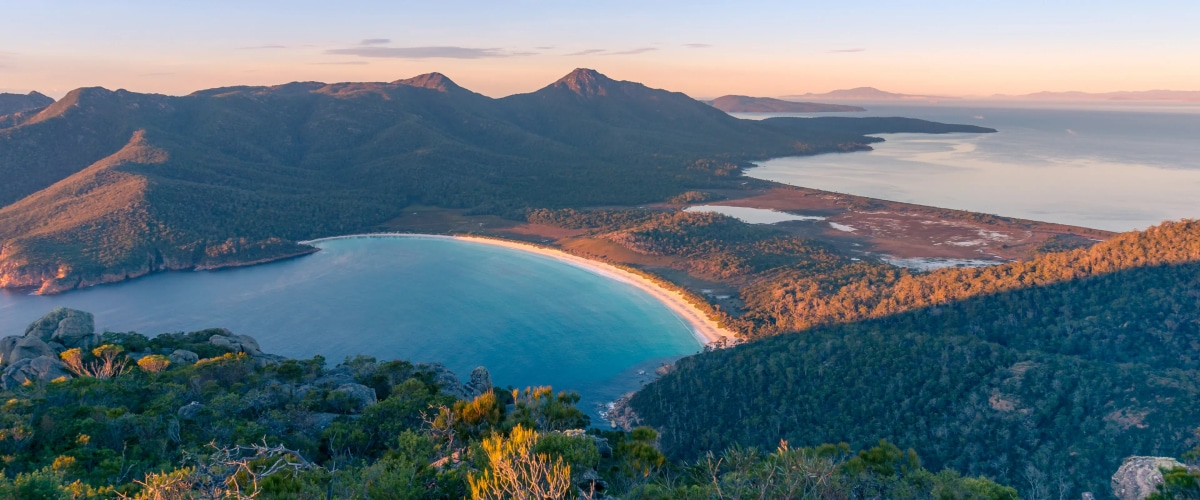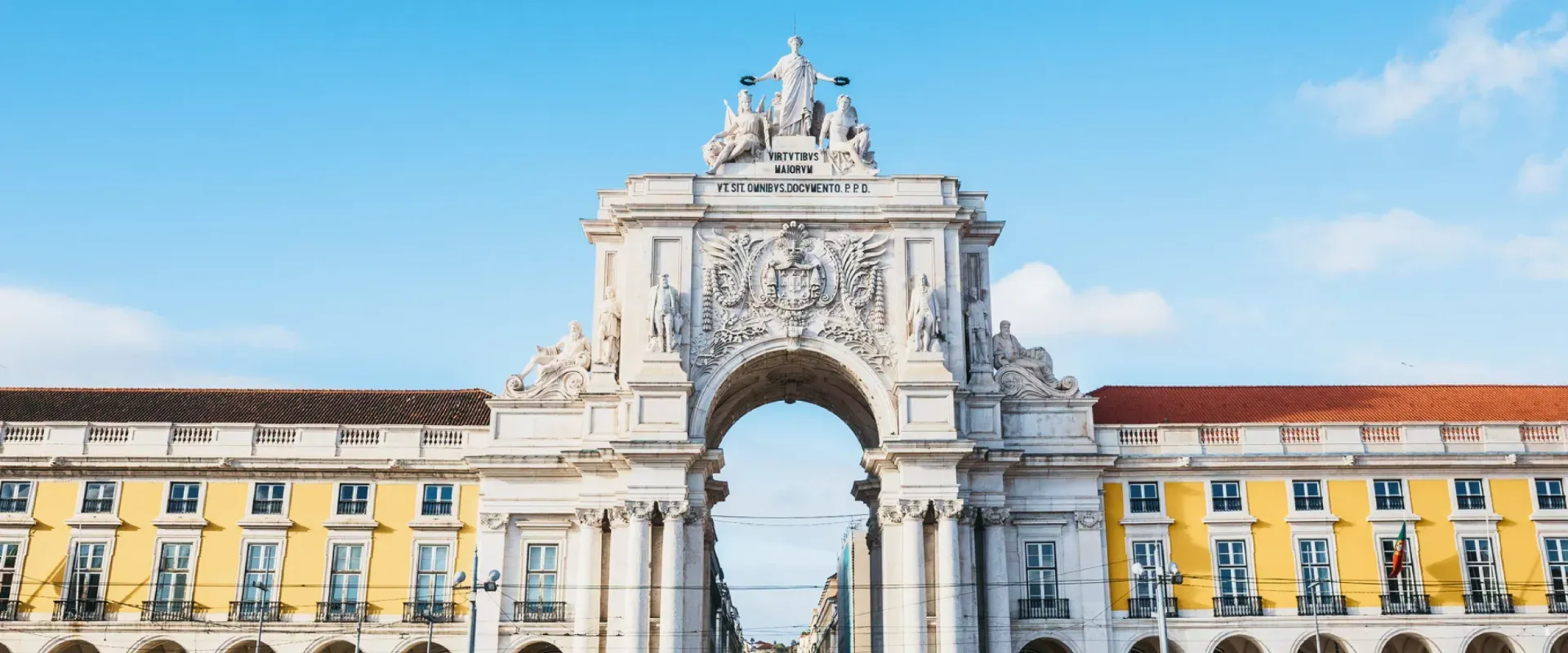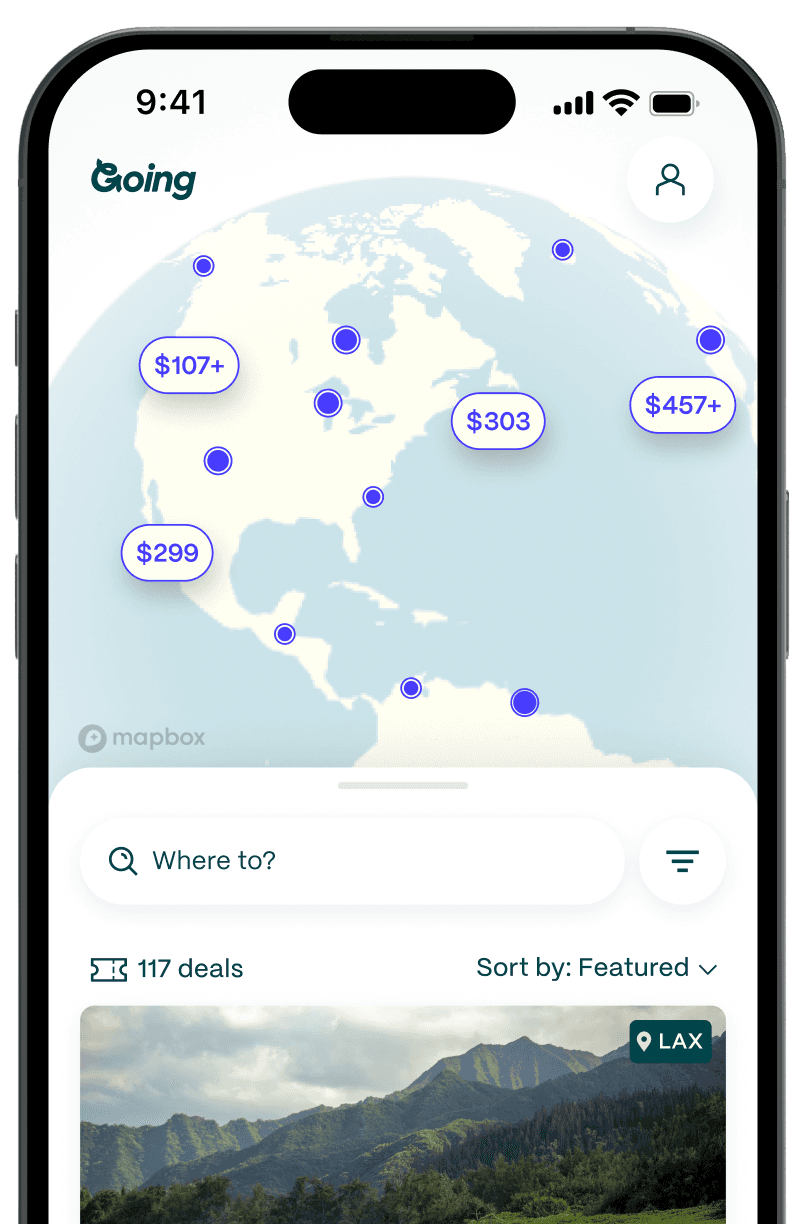
Where to See the Wild Lemurs of Madagascar
They hang out in trees but are not monkeys. They have small bodies, long noses, and large eyes, resembling a cross between a squirrel, a dog, and a cat. And their calls sound like grunts, swears, wails, and sirens. They are lemurs, the oldest living primates, and there’s only one place you can see them in the wild: Madagascar.
Set off the southeastern coast of Africa near Mozambique, Madagascar is the fourth-largest island in the world. Due to its isolated geographic location, it has sustained some of the world’s rarest species of birds and animals. In fact, 80% of all plant and animal species in Madagascar are not found anywhere else on the planet.

Among these unique creatures are 110 different species of lemurs, of which 95% are threatened with extinction due to deforestation and hunting. Each of the varieties of lemurs has distinct characteristics defined by their size, color, hair, facial features, calling sounds, and time of activity. Across Madagascar, you can see these amazing creatures residing in different ecosystems, including in private reserves where they are protected from threats to their habitat. Deforestation for farmland and fuelwood, wildfires, as well as illegal hunting have caused lemur numbers to decline.
Roughly four to five hours east of the capital city, Antananarivo (aka Tana), the 60-square-mile Andasibe–Mantadia National Park is the most visited rainforest in the country. It’s also home to rare and endemic species of lemurs, including one of the world’s largest lemur species—indri lemurs—and it was featured in one of David Attenborough’s BBC series Madagascar.
On guided hikes through the lush green and dense forests at Andasibe, you can spot endemic birds (Madagascar yellow brow, Madagascar baza, Madagascar wagtail, and the Madagascar serpent-eagle), leaf-tailed geckos, and the boa manditra. But the real draw is the 11 lemur species, including the indri lemurs, who live in the park. The indri is the largest living species of lemur and has a lovely, thick black-and-white coat and distinctive songs that sound like a cross between whale songs and police sirens.

You can do a long day trip to the park from Antananarivo, but to really enjoy the serene tropical scenery and long walks through the forest, plan to spend at least one night at one of the eco-resorts in Andasibe. Then, as the sun sets, embark on a night walk through the adjacent community-run Mitsinjo Reserve and look for the glowing orange eyes of cheeky Goodman’s mouse lemur (small enough to fit in a teacup) and greater dwarf lemur. Here you will also find some of Madagascar’s elusive nocturnal creatures, such as leaf-tailed geckos, tree frogs, and a variety of chameleons.
Another option for spotting a large concentration of lemurs at eye level near Andasibe-Mantadia National Park is the lemur islands at Vakona Forest Lodge (open to hotel guests only) on the southern end of the park. Guests at the hotel can book a short canoe ride from the resort to Calyptus Island, where you’ll see the lemurs, often rescued from captivity, foraging for leaves and napping on low-lying branches at the private wildlife sanctuary. Your guide will help you spot 12 different species of lemurs and 100 bird species, including bamboo lemurs, black-and-white ruffed lemurs, common brown lemurs, and diademed sifakas. These friendly bunches are acclimated to human visitors and happy to pose for pictures.

For an exclusive experience, head across the country to Anjajavy Le Lodge in northwestern Madagascar. Anjajavy is tucked away in a 2,545-acre private reserve and surrounded by pristine bays and fishermen’s villages overlooking the Mozambique Channel, offering a secure habitat for wildlife. The luxurious Relais & Château beach resort is the perfect spot to watch the daily antics of the lemur species Coquerel’s sifaka while in your bathrobe. It is hilarious to see how they frolic around the property performing their distinct vertical leaping jumps off the ground and across the branches, aka “the lemur dance.”
A stay doesn’t come cheap, but it’s perhaps the only place in the world where you can wake up to lemurs singing right outside your bungalow and enjoy afternoon tea in the garden with live entertainment from lemurs.
Getting there
The main airport is Ivato International Airport (TNR), in Antananarivo, from where you will need to hire a car to travel 100+ miles to Andasibe–Mantadia National Park and Vakona Forest Lodge. To get to Anjajavy Le Lodge, take a flight from TNR to Majunga (90 minutes); the resort offers transport from there.
Average Going price for flights to Madagascar: $714 RT
How to do it
- Best time to go: While you can see lemurs year-round in Madagascar, the best time to go is from May to October during the dry season. During this time, temperatures are cooler, so you can enjoy many outdoor activities.
- Cost: Day trips to Andasibe–Mantadia National Park from the capital typically run USD $300 per person. Stays at Anjajavy Le Lodge start at $800 per night. Stays at Vakona Forest Lodge start at $140 per person per night, and tickets to Lemur Island are approximately $7 per person.
- Tips and considerations: The easiest way to navigate around Madagascar is by pre-booking a customized tour through a travel agency such as Kensington Tours, so your transfers, park entry reservations, and private tours are seamlessly coordinated. If you want to DIY it, hire a four-wheel drive with a driver/guide to maneuver the rough terrain. At Andasibe–Mantadia National Park, the terrain at Andasibe is relatively flat, with boardwalks connecting the paths making it easily accessible for kids and wheelchairs. Trails at the Mantadia portion of the park are more rugged and are visited by fewer tourists. When hiking to see the lemurs, carry rain jackets and wear mud- and water-resistant boots. Do not make loud noises or laugh in front of the lemurs, as that scares them.
Check out more wildlife encounters around the world
Last updated September 18, 2024









